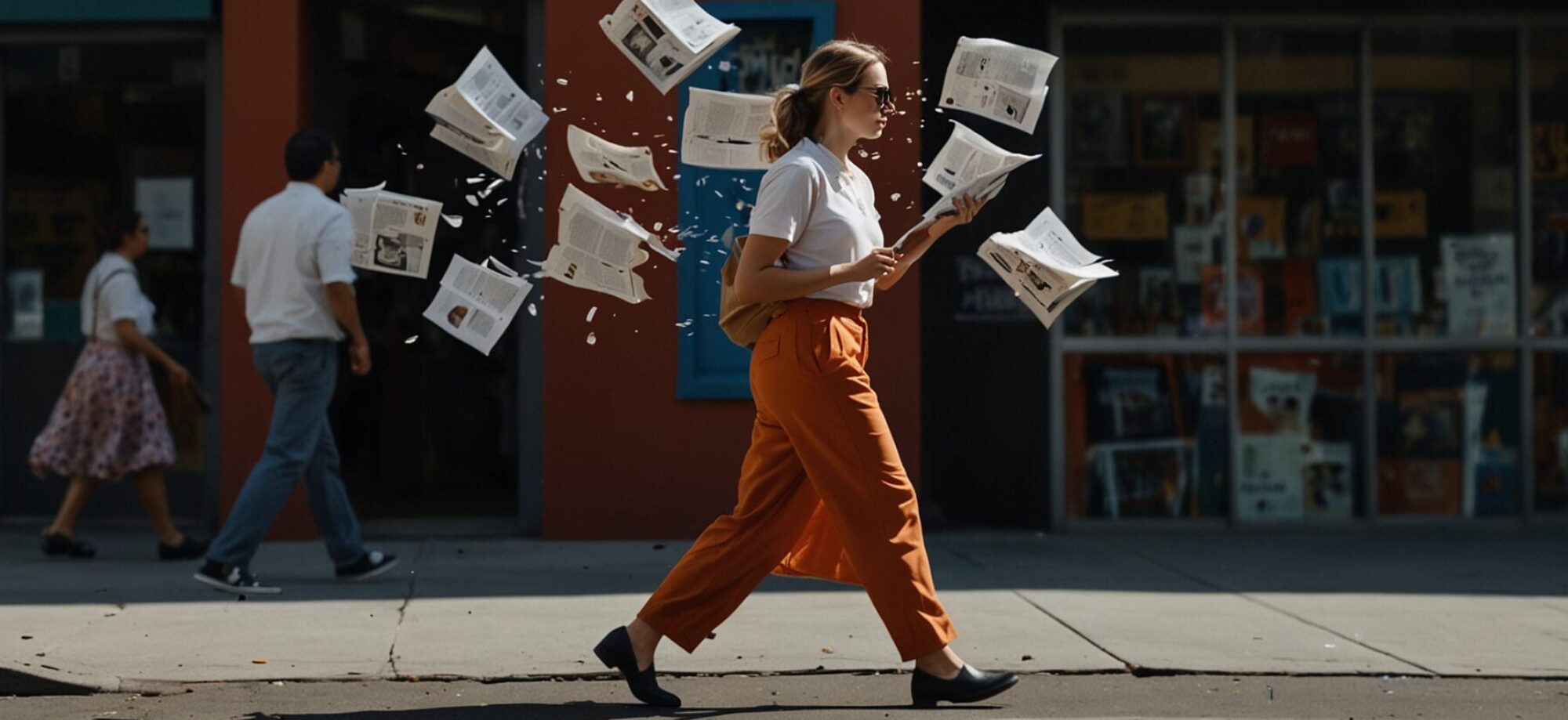The future doesn’t wait for us: it’s already breathing among us.
It manifests itself in screens, algorithmic decisions, coded emotions, and connections that mutate without our noticing. At every moment, we are stepping into a reality that is transforming. However, very few manage to narrate it.
I have just published the essay “Toxic Realism” (1), a narrative, philosophical, and anticipatory manifesto that proposes a new way of looking at the present: not from literary escapism or conservative nostalgia, but from a poetic, ethical, and technological consciousness. It is a call to all those who still wish to understand, write, and live in the time that is theirs.
Toxic Realism views Walking as the backbone of thought and experience:
This approach is not born from theory, but from the body that walks.
In this essay, walking is the radical symbol of lucid thinking. It is not just moving: it is resisting speed, breaking programming, touching the earth, and smelling the present. In an age saturated with hyperconnection, simulation, and emotional automation, walking becomes the most revelatory act: reclaiming space, time, and embodied thought.
What is Toxic Realism?
It’s a way of narrating the immediate present and the immediate future without anesthesia, but without cynicism.
It’s a way of clearly seeing what is already happening—even if it doesn’t yet have a name:
• The digitalization of the soul.
• The entry of humanoids into the family.
• Artificial intelligence that prescribes emotions.
• Friendships and affections mediated by interfaces.
• Language that is distorted by the rhythm of algorithms.
It’s a literary style, but also an analytical tool.
It’s a tool for raising awareness for all those who sense that something is changing profoundly, but don’t yet know how to name it.
A Dialogue Between Literature, Technology, and Consciousness
Toxic Realism isn’t afraid of technology, but it isn’t fooled by its makeup.
It is a call to writers, programmers, designers, engineers, artists, and world travelers to lucidly narrate these transformations.
The essay concludes with an Appendix divided into two parts:
1. Literary Examples of Increasing Complexity (Simple, Medium, and Intricate):
Ideas for novels, short stories, chronicles, poems, and tales that emerge from this vision and allow writers to create works that interpret the mutation of the present.
2. Technological Examples, also in 3 stages:
Concrete projections of what we will experience in the coming years in fields such as affective robotics, intimate data architecture, the algorithmization of behavior, and new generative narrative platforms.
Both sections do not seek to provide answers, but rather to spark ideas, establish paths, and offer possible horizons from this realistic, sensitive, and critical perspective.
Why walk among digital ruins?
Because the ruins are already here:
Time has fragmented.
Language has been aestheticized and emptied.
Emotions have become products.
And consciousness is in danger if it doesn’t awaken.
To walk is to think.
To write is to notice.
To create is to resist.
This book is an invitation to establish works, perspectives, routes, and projects from the perspective of Toxic Realism.
It is a call not to look away. Because what we narrate today… is what will become reality tomorrow.
Or perhaps… it is already living among us.
Toxic Realism is the sensitizing and awareness-raising lever that can help us interpret the whirlwind of changes we have already experienced, but have yet to understand or name. And although in this essay we have developed its application to literature and digital architecture, the truth is that this approach opens up a myriad of possibilities: in art, education, politics, spirituality, and everyday life.
A new narrative, technological, and existential era has begun.
Welcome to it.
And in the midst of this new phase, walking must not be forgotten.
Walking is the founding act of this awareness. It is not an ancient gesture, but a contemporary exercise of presence, critique, and connection with the real world. In a time when everything seems to drive us toward speed, digital confinement, and automated thinking, walking reveals itself as an urgent tool for recovering the body, the environment, and meaning.
Walking every day, even if it’s just a few steps with full awareness, is reconnecting with what is essential. It is the most direct way to inhabit the present, to listen to the murmur of time, and to perceive what is changing around us.
Because, in the end, whoever walks, awakens.
And whoever awakens, can narrate.
And whoever narrates… can transform.
P.S. With this Post we are closing, uninterruptedly, the seventh year of the Blog.
(1) Loya Lopategui, Carlos, Toxic Realism, EMULISA, Mexico, 2025. Available on Amazon, Kindle Edition: https://www.amazon.es/dp/B0F63MPMGZ.
